Rapid urbanization and rising incomes have propelled Indonesia’s flooring market into robust growth in 2024. Vinyl (especially LVT/SPC) and laminate floors are at the forefront of this expansion: they offer durable, water-resistant surfaces and a wide range of wood/stone designs that appeal to modern tastes. In 2022 Indonesia’s commercial flooring sector was worth about USD 3.34 billion, and it is projected to reach over USD 5.09 billion by 2030 (roughly a 5.4% CAGR). Notably, luxury vinyl tile (LVT) is the fastest-growing segment. These figures underline the strength of the Indonesia flooring market 2024 outlook for contractors, architects, retailers and homeowners alike.
Market growth is driven by several key factors:
Urban Development: New office towers, malls, and housing projects mean more demand for modern, hard-surface floors. Experts note that “increasing urbanization; growing disposable incomes; changing lifestyle patterns; rising popularity of DIY projects” are major drivers for floor coverings.
Home Improvement and Renovation: As the middle class expands, many Indonesians are upgrading older homes with stylish flooring. In fact, renovation and remodeling projects are boosting sales of easy-to-install floors.
Water Resistance & Durability: Indonesia’s humid tropical climate makes moisture resistance a key concern. Vinyl flooring’s 100% synthetic (fiberglass/PVC) construction makes it highly water-resistant and very durable. Homeowners favor vinyl and special-purpose laminates for bathrooms, kitchens and high-traffic areas where spills and wear are common.
Cost and Style: Both vinyl and laminate are seen as cost-effective alternatives to hardwood or tile. Vinyl manufacturers highlight low material and installation costs, while laminate makers emphasize authentic wood-look aesthetics at affordable prices. Consumers today also demand realistic textures and exotic patterns; vinyl printing technology has caught up, and laminate offers a broad palette of finishes.
These drivers have widened the choices for “best flooring for homes Indonesia”. The market now offers an abundance of style and finish options: today’s vinyl tiles (LVT) and SPC planks can mimic teak or marble almost indistinguishably, and laminates provide convincing oak or walnut patterns. At the same time, aggressive marketing and wide product variety (many with click-lock installation) give consumers more options at competitive prices.
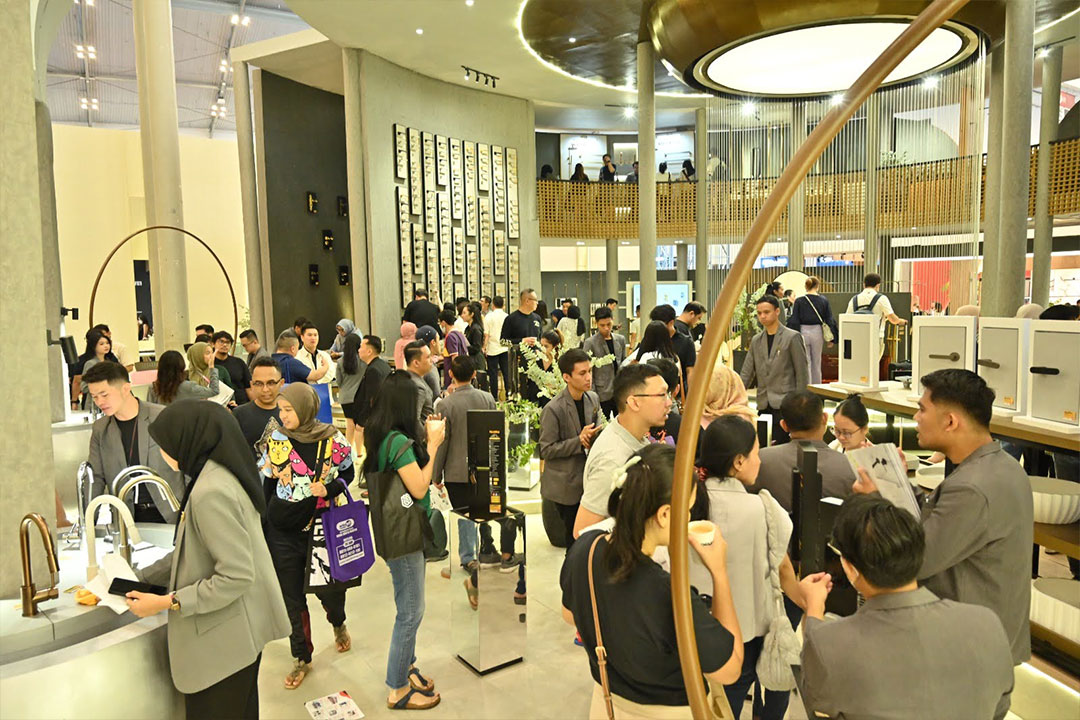
Vinyl and Laminate Market Insights
Vinyl Flooring Trends
Vinyl flooring (including LVT and SPC) is experiencing a boom in Indonesia. Analysts expect the vinyl floor segment to grow around 5–7% per year through 2030. Key trends include:
LVT and SPC Adoption: Luxury Vinyl Tile (LVT) and stone-polymer composites (SPC) are especially hot. These rigid vinyl planks withstand tropical humidity and heavy foot traffic. Manufacturers are expanding LVT lines with large-format planks and click-lock edges for easy DIY installation.
Product Innovation: New vinyl floors feature multi-layer constructions, UV-cured and polyurethane (PU) coatings for scratch resistance, and even antimicrobial surfaces for healthcare or schools. Green building trends are pushing suppliers to offer phthalate-free and recyclable vinyl options.
Market Growth: Urban infrastructure projects (airports, train stations) and commercial refurbishments (hotels, offices) are major end-markets. Rising demand for “vinyl flooring supplier Indonesia” reflects the fact that many developers and contractors now specify vinyl when they need a resilient, moisture-proof floor.
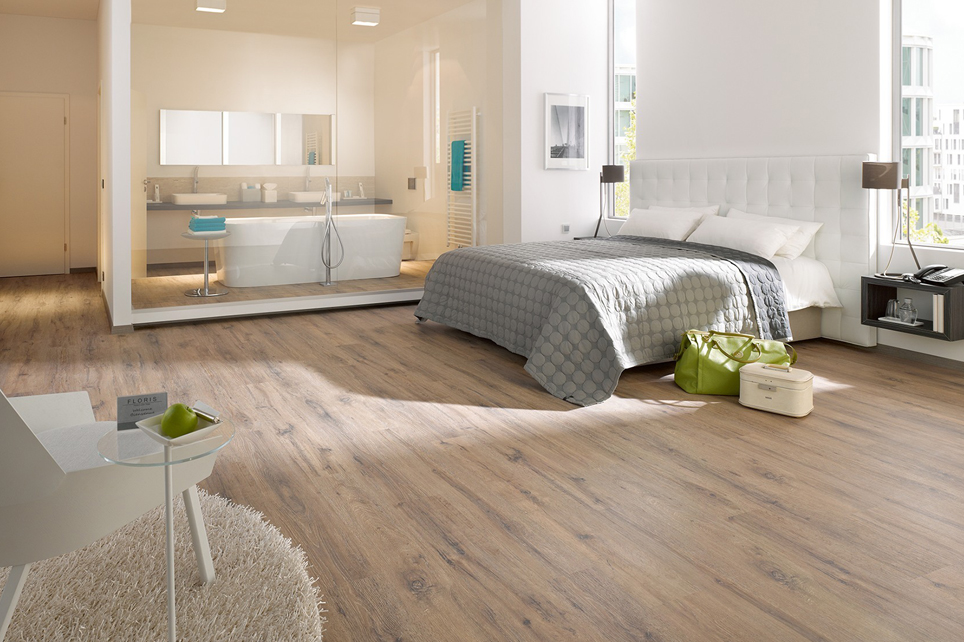
Laminate Flooring Trends
Laminate flooring remains popular in Indonesia for mid-range homes and offices due to its wood-like appearance. Although vinyl is edging ahead in growth, laminates still hold a strong niche:
Wood Aesthetics: Laminates are prized for their authentic wood feel. Each board typically has a decorative wood-pattern layer over fiberboard. For families wanting a natural look, laminate often feels more convincing than vinyl.
Durability & Cost: Modern laminates are very hard and scratch-resistant (AC3 or AC4 rating), making them suitable for living rooms and bedrooms. They are also budget-friendly: typical laminates cost significantly less than engineered hardwood. This affordability appeals to first-time homeowners and project builders.
Weakness – Moisture: A downside is that traditional laminate is not waterproof. Spills must be wiped up quickly to avoid swelling or warping. This means laminates are less common in wet zones (like kitchens/baths) compared to vinyl. Still, many new laminates include water-resistant cores, expanding their use.
Wholesale & Distribution: Laminates are often sold in bulk (e.g. by the carton) through home-center retailers and wholesalers. The keyword “laminate flooring wholesale” reflects the business-to-business nature: distributors stock large quantities for sale to builders and home renovators.
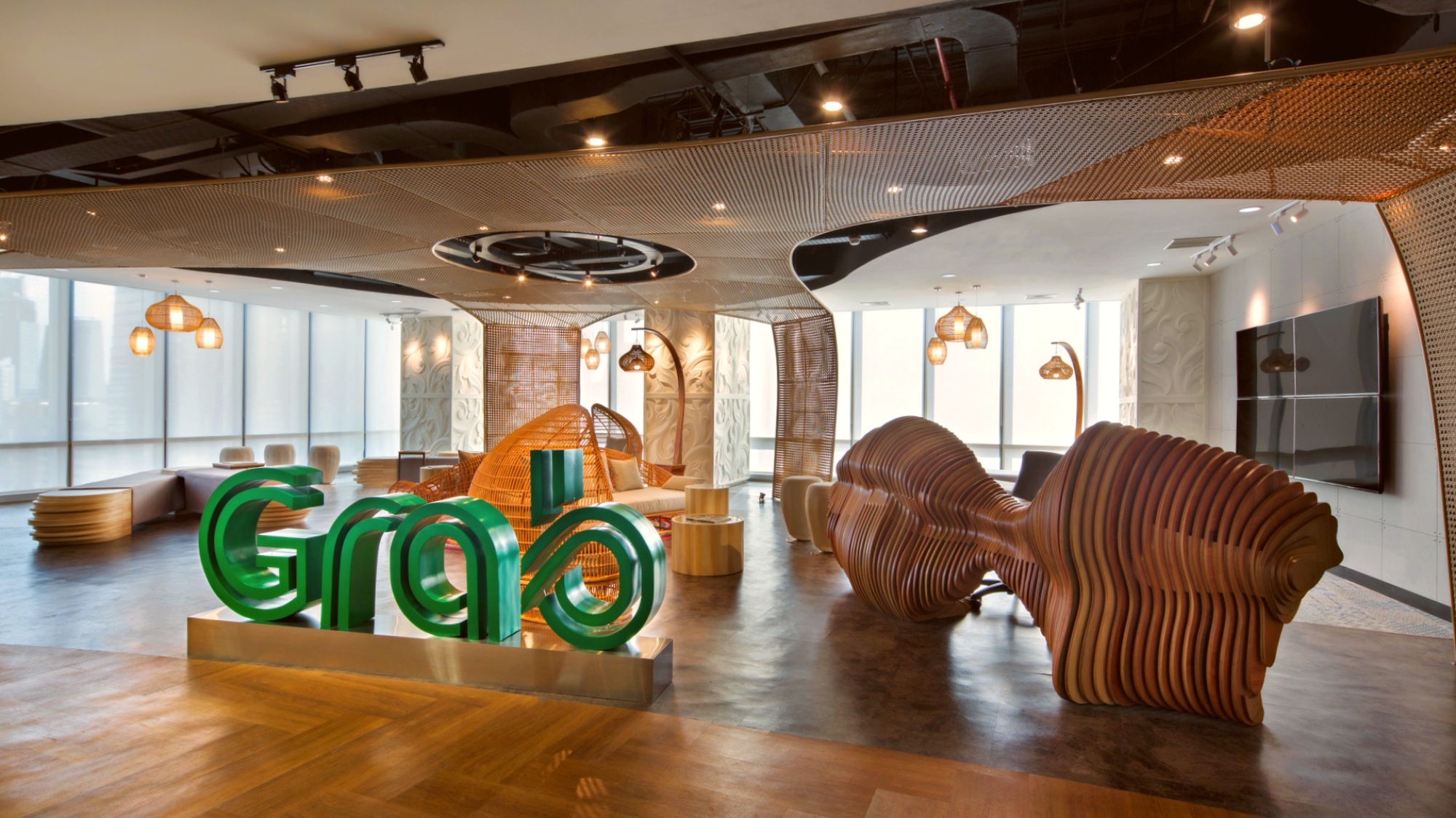
Import & Export Dynamics
Indonesia imports a substantial share of its vinyl and laminate flooring. In the trailing 12 months (Sep 2023–Aug 2024), Indonesia registered 417 shipments of wood/composite flooring imports—a 61% jump from the prior year. The majority of these imports come from regional suppliers such as China, South Korea, and Vietnam. (For example, many “MDF laminate” and SPC flooring boards from Chinese factories arrive at Jakarta’s ports.) This import trend means Indonesian suppliers and contractors often work through vinyl flooring suppliers Indonesia and laminate exporters abroad to meet local demand.
Domestic exports of flooring are much smaller in comparison. Indonesia’s wood exports focus on plywood and furniture rather than finished floors. The country’s climate and low labor costs have made it a leading importer rather than exporter of finished vinyl/laminate flooring. Thus, most local wholesalers rely on international partnerships to source flooring product lines.
On pricing, vinyl and laminate generally undercut hardwood or ceramic tile on cost. Vinyl plank flooring can often be found at mid-range prices, especially when purchased in containers. Laminate flooring is typically even cheaper on a per-square-meter basis. Given strong competition and the sheer volume of imports, pricing pressure keeps both segments affordable for mainstream buyers. (At the same time, raw material costs like PVC resin or wood fiber can fluctuate, occasionally affecting margins.) Overall, Indonesian buyers can obtain high-quality international-brand vinyl and laminate floors at competitive prices – especially when working with established importers.
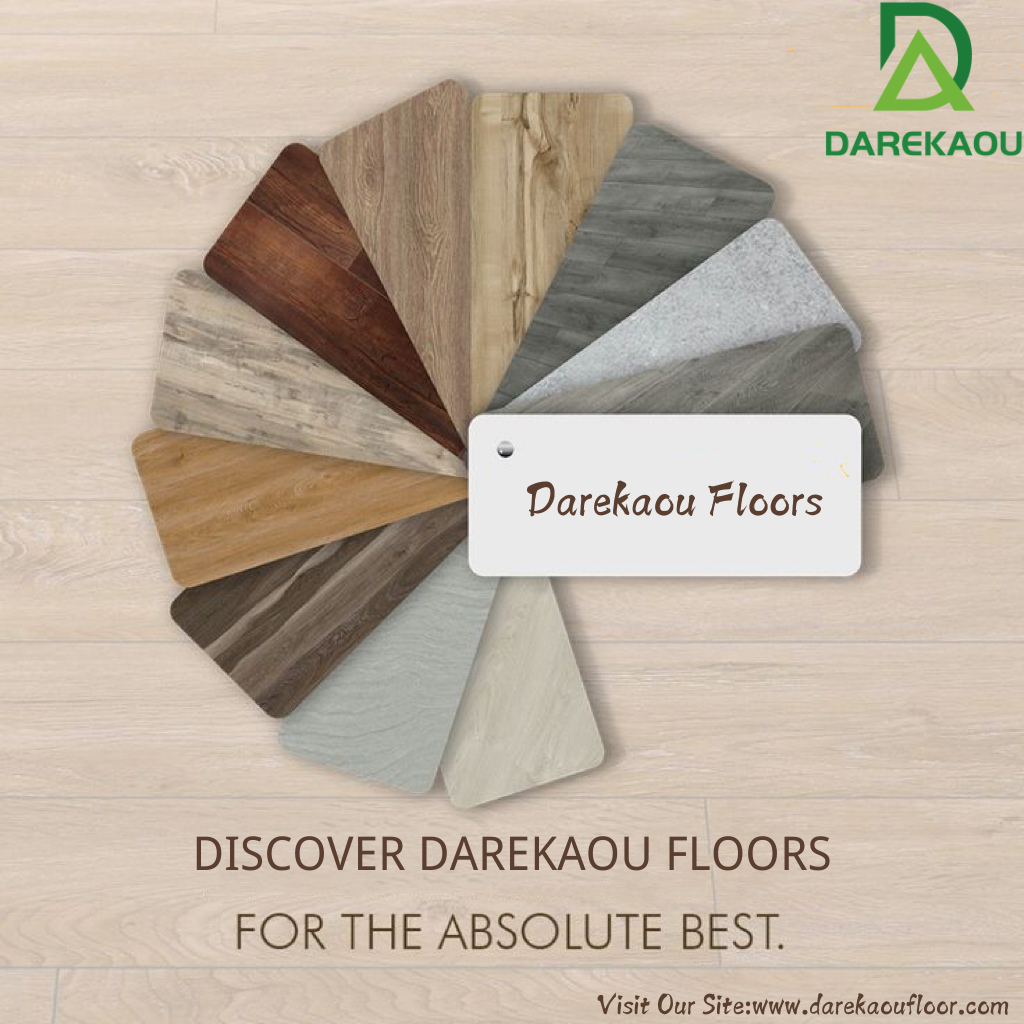
Vinyl vs. Laminate: Side-by-Side Comparison
Both vinyl and laminate have distinct advantages for Indonesian homes and projects. The table below highlights their key differences:
| Feature | Vinyl Flooring (LVT/SPC) | Laminate Flooring |
| Material | 100% synthetic (PVC, fiberglass, mineral cores) | Compressed wood fiberboard with printed wood-grain layer |
| Water Resistance | Highly water-resistant; ideal for bathrooms, kitchens, basements | Generally not waterproof; vulnerable if water pools, so best for dry areas |
| Durability | Very durable and flexible; withstands heavy foot traffic and impacts | Hard and scratch-resistant; good for living rooms and offices |
| Appearance | Wide design range (wood, stone, abstract); increasingly realistic | Authentic wood visuals and texture; very “natural” wood-look |
| Installation | Click-lock planks or tiles; easy DIY installation; can float or glue down | Click-lock panels; easy DIY; “floating” method common |
| Maintenance | Simple care: mop or wipe; naturally antimicrobial options available | Easy to clean; avoids standing water; may require wood cleaner |
| Price Range | Budget to mid-range; cost-effective alternative to hardwood | Generally lower cost; affordable wood-look solution |
| Best Use | Kitchens, bathrooms, high-traffic areas, commercial spaces | Bedrooms, living rooms, offices, areas protected from moisture |
In practice, a savvy homeowner or contractor considers location and lifestyle. For wet or high-traffic zones, vinyl’s waterproof durability is usually preferred. For dry residential areas, laminate can offer a superior wood feel at lower cost. Many local projects even use both: vinyl in kitchens/baths, laminate in living rooms and bedrooms.
Homeowners seeking “the best flooring for homes Indonesia” often turn to vinyl and laminate. Vinyl excels in spaces needing moisture protection or heavy wear (like bathrooms and commercial lobbies). Laminate is chosen for its “homey” wood aesthetics and affordability in living areas. In either case, consumers value easy maintenance and a wide color palette. Surveys and trade shows in 2023 show rising interest in enhanced features like anti-slip surfaces and real-wood embossing, reflecting the maturing preferences of Indonesian buyers.
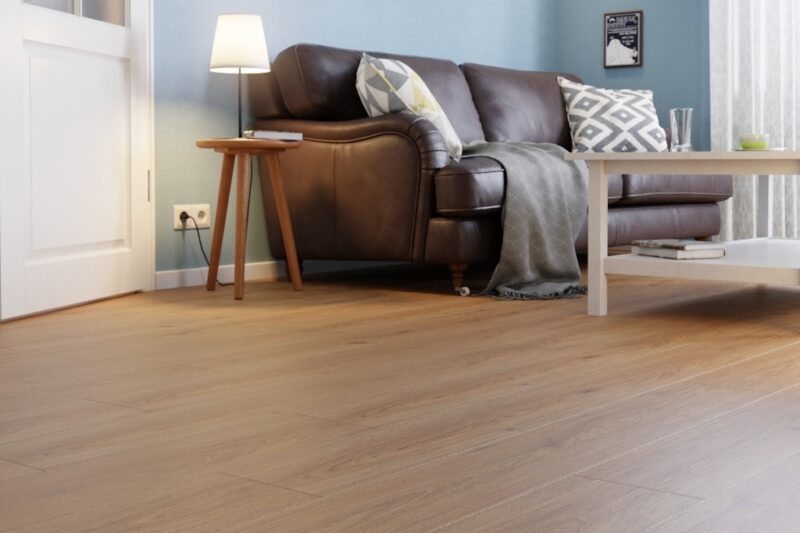
Supplier Landscape and Pricing
The Indonesian market features a mix of local brands and imports. Local factories produce some vinyl and laminate, but foreign brands dominate in tech and variety. For instance, many multinational flooring names (Tarkett, Gerflor, etc.) sell through Indonesian distributors. Meanwhile, importers in Indonesia have grown savvy at sourcing from low-cost exporters.
One such leading supplier is Darekaou Floor, a China-based manufacturer with a strong regional presence.
Darekaou Floor emphasizes high production capacity and quality control. Our factories can produce 5 million square meters per year, covering laminate, LVT and SPC product lines. We offer a wide range of designs (including Herringbone, stone-look, waterproof laminate, etc.) as well as custom pattern services. By handling production end-to-end, Darekaou keeps costs low. This makes our competitive for laminate flooring wholesale and vinyl flooring supplier Indonesia partnerships. Contractors and retailers working with Darekaou benefit from Chinese manufacturing efficiency: products meet global standards and come at attractive prices.
In pricing terms, partnering with large international suppliers often yields savings. Bulk import deals can undercut smaller local producers. For example, a mid-range vinyl plank from an international brand might cost significantly less than a locally produced hardwood-equivalent. Similarly, bamboo-look laminate from China can be offered at a fraction of local solid wood prices. Thus, international sourcing is common: many Indonesian importers regularly bring in containers of vinyl and laminate from China, India, or Thailand to satisfy demand. This global supply chain ensures even regional dealers have access to the latest flooring trends and high-quality products.
Future Outlook
Looking ahead, the Indonesia flooring market is expected to stay buoyant. Analysts note several emerging trends:
Green and Health Trends: Indonesian regulators and architects are increasingly concerned about emissions. Demand for low-VOC, recyclable vinyl and formaldehyde-free laminates is growing. Suppliers are introducing phthalate-free vinyl and E0/E1 laminates to meet these needs.
Smart and Functional Floors: Technology is creeping into flooring – e.g. conductive vinyl for underfloor heating, or lamination with UV-disinfection properties. These innovations will differentiate products. Partnerships between tech designers and flooring makers (for UV surface coatings, NFC tags, etc.) are likely on the rise.
Design Evolution: Consumer tastes will continue evolving. We expect more large-format tiles that look like terrazzo or concrete, and laminate styles mimicking exotic woods (teak, wenge). Darekaou and other suppliers continually expand catalogs to follow European and global style trends.
Distribution Shifts: E-commerce and big-box retail will play bigger roles. More Indonesians are comfortable buying flooring online or at large home-center chains. Suppliers like Darekaou are supporting this by ensuring stock availability and shipping logistics.
In summary, both vinyl and laminate will benefit from Indonesia’s robust construction and renovation markets. Vinyl’s lead in utility and growth will persist, but high-quality laminates will also find eager buyers among homeowners seeking style on a budget.
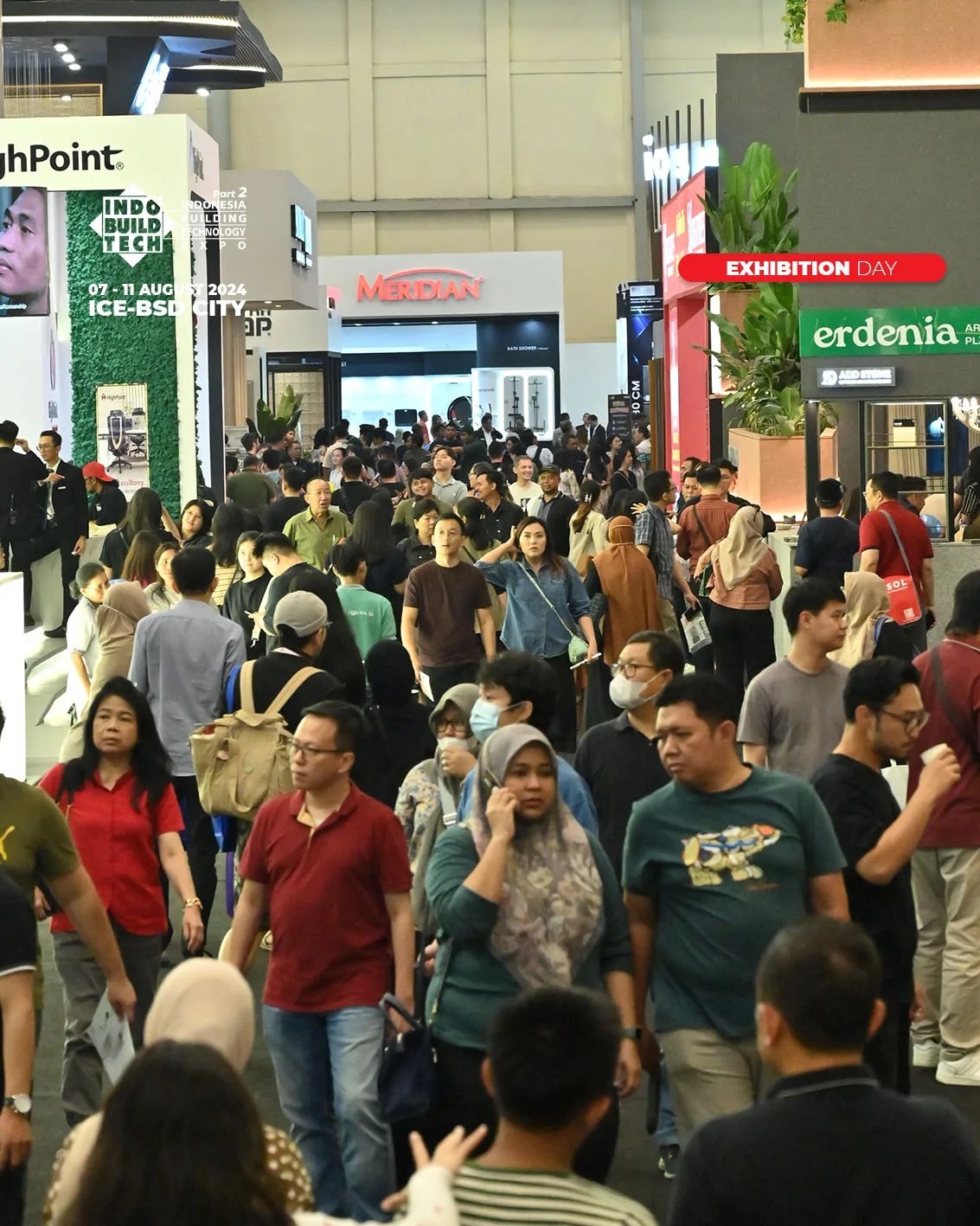
Conclusion and Call to Action
Indonesia’s flooring market in 2023-2024 is full of opportunity, especially for vinyl and laminate. Growth drivers like urbanization and rising living standards mean demand for durable, stylish floors will remain strong. For contractors, architects, and retailers seeking a reliable partner, Darekaou Floor stands out as a proven international supplier. We offer quality-certified products, vast production capacity, and competitive pricing for vinyl and laminate lines.
Whether you need a vinyl flooring supplier in Indonesia or a laminate flooring wholesale partner, consider the advantages of working with Darekaou Floor. Our experienced R&D and QC teams ensure products meet strict standards, and our global network means you can access cutting-edge styles from around the world.
Ready to source flooring for your next project? Visit DarekaouFloor.com or contact Darekaou Floor today to get an instant quote. Partner with a competitive, reliable supplier and secure high-quality, cost-effective vinyl and laminate flooring for Indonesia’s booming market.
English
العربية
Français
Русский
Español
Português
Deutsch
italiano
日本語
한국어
Nederlands
Tiếng Việt
ไทย
Polski
አማርኛ
Türkçe
ភាសាខ្មែរ
Bahasa Melayu
ဗမာစာ
Filipino
Bahasa Indonesia
magyar
Română
Čeština
Монгол
қазақ
Српски
हिन्दी
فارسی
Slovenčina
Norsk
Svenska
українська
Ελληνικά
Suomi
Հայերեն
עברית
Latine
Dansk
Afrikaans
Eesti keel
Māori
Oʻzbekcha
Azərbaycan dili
Беларуская мова
Български
ქართული
íslenska
Кыргызча
Татарча
ئۇيغۇرچە

















